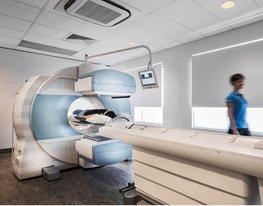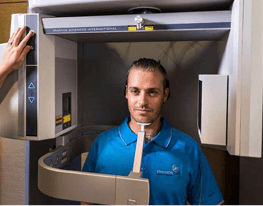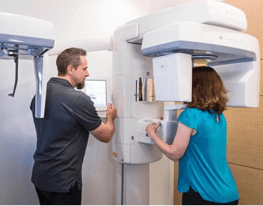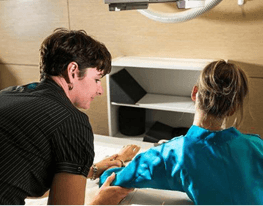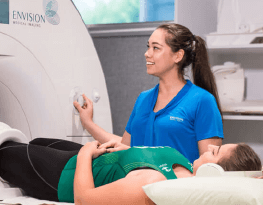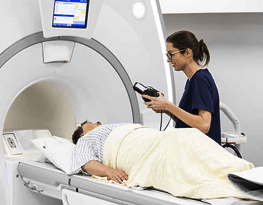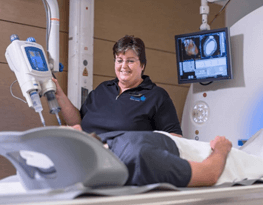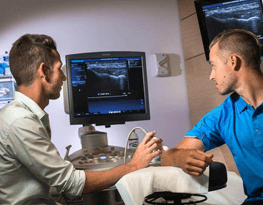What is Hydrodilatation?
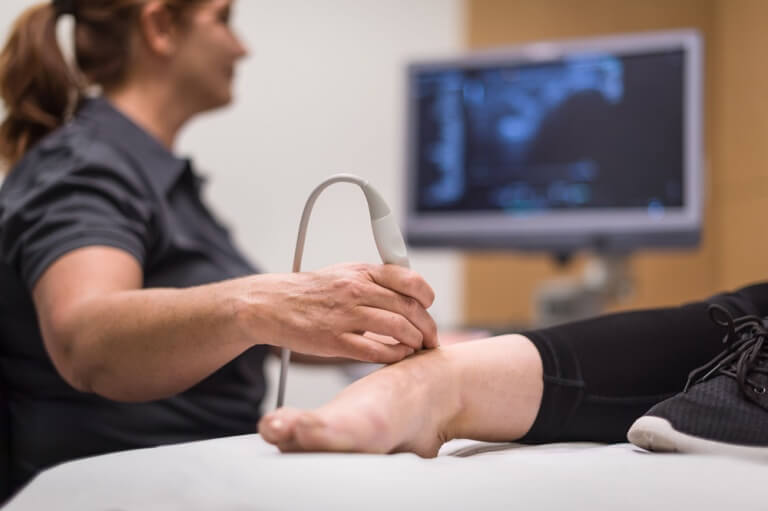
Also known as a Hydrodistension, Hydrodilatation is commonly used to treat Adhesive Capsulitis or frozen shoulder. It involves the injection of saline, local anaesthetic, and cortisone into the joint under Ultrasound guidance. It may also be useful in releasing scar tissue in the muscles of the calf.
Hydrodilatation
What happens during Hydrodilatation?
A. Before your scan
What to bring
- Your request form
- Any relevant previous imaging
- Your Medicare card and any concession cards
Preparation – the day of your scan
There is no specific preparation and you may eat and drink as normal before the procedure. If you take Warfarin, Aspirin, Plavix, or other blood thinning agents, please notify the booking staff as you may be required to cease the medication, or have blood tests prior to the procedure.
B. During your Hydrodilatation
Procedure
The procedure takes about 20 minutes and will be performed in the ultrasound room. The skin around the injection site will be cleaned with antiseptic solution and a local anaesthetic will then be injected with a thin needle, which may sting briefly. The Specialist will then inject the joint with the aid of ultrasound to ensure the needle is perfectly positioned. You may feel some localised pressure or discomfort during the injection.
Risks and Side Effects
Complications are uncommon during these procedures, however, you need to be informed of the possible side effects and associated risks.
- Pain, bruising, temporary numbness, tingling or discomfort at the injection site
- Palpitations, hot flushes, insomnia, and mild mood disturbance as a reaction to cortisone. This usually resolves within 24 hours and no treatment is necessary
- Infection is very rare but may involve redness or swelling and increasing pain after 48 hours. Increasing pain should be promptly reported to us and your referring doctor
- Localised skin and subcutaneous fat atrophy (thinning resulting in dimpling)
- Hypopigmentation (whitening of the skin) at the injection site. This most commonly happens in injections of the palm of the hand or sole of the foot.
- Mild increase in blood sugar levels in diabetic patients
- Potential weakening and damage to the collagen fibres of tendons. For this reason, cortisone is only injected around the tissue surrounding a tendon
- Any medical procedure potentially can be associated with unpredictable risks.
Do not hesitate to contact our office on 6382 3888 if you have any questions or concerns.
Who will perform my Hydrodilatation?
Our specialist medical imaging team will perform your Hydrodilatation.
Hydrodilatation
What happens after Hydrodilatation?
Post-procedural information
At the end of the procedure the needle will be withdrawn carefully from the insertion point and a band aid applied. You should be able to go about your daily activities after your appointment.
Pain relief may take a few days to develop so you may need to continue with your normal medication for at least 48 hours. Occasionally this may be severe, however usually lasts only 24–48 hours and is treated with a cold pack, paracetamol and anti-inflammatory medication. You can return to normal activities although we ask that you avoid strenuous physical activity.
Hydrodilatation
Download an Information and Consent Form
Medical Imaging Practice Perth
Types of Imaging
At Envision, we offer the most sought-after types of imaging for diagnostics and treatments. Our Wembley headquarters is the largest single-site radiology practice in Perth
